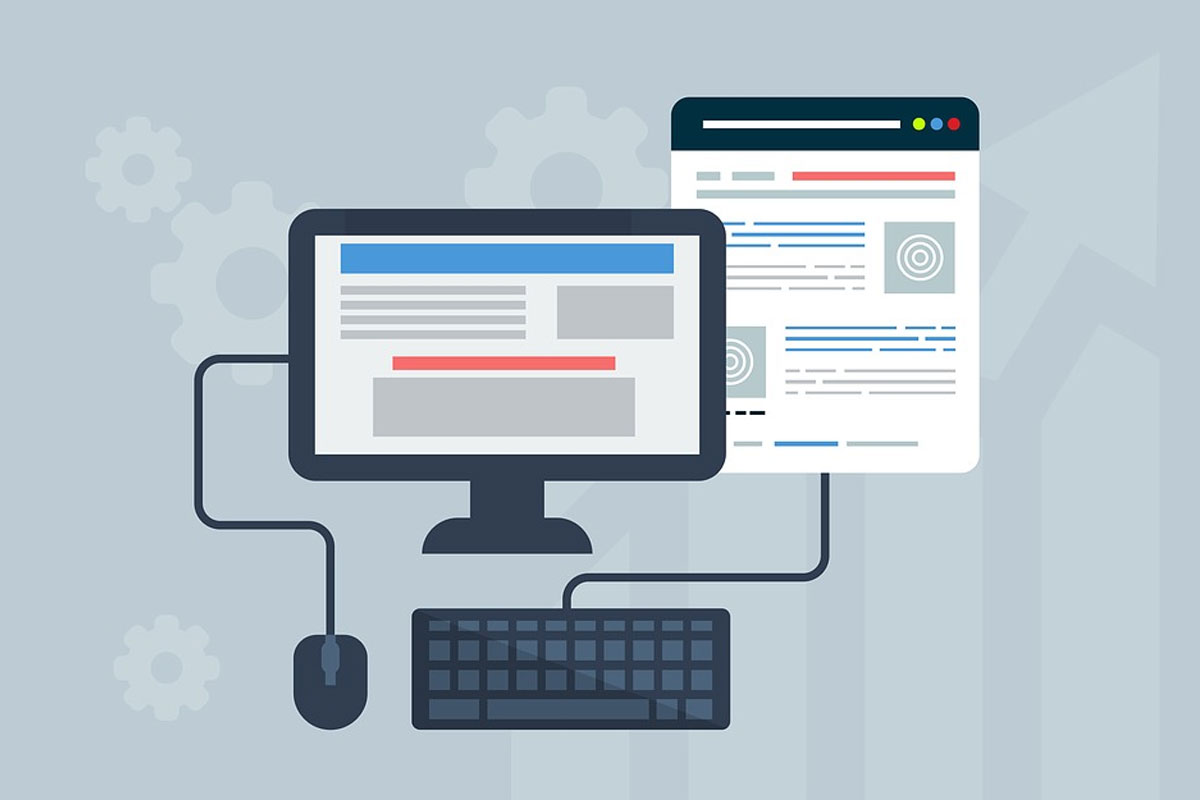Websites are becoming more of an experience for customers rather than simply a place to find information. And businesses realize to compete, they need website design elements that are modern and attention-grabbing.
So, when planning the design for your own website, what elements do you need to stand out from the competition? And which of these elements will ensure a user experience for your customers to keep them coming back for more?
To take the confusion out of it for you, let's look at 9 must-have design elements needed for any modern website used today.
1. White Space
White space refers to the amount of open space you have on your website. It doesn't mean the space has to be white in color, rather it's "empty" space. Free from any text, images, or the like.
Keep space consistent around text lines, paragraphs, and graphics. This makes your site look neat, easy to read, and helps direct the eyes of visitors to the information you want them to see.
If things are too cluttered, it's difficult for people to know what to focus on. You want the readability to flow.
2. Use of Videos
Audiences want more than stagnant pages to look at these days. For any modern website, they expect the use of videos thrown into the mix.
And you can use videos in a variety of ways. Such as a page background that automatically plays and loops through. This can reduce the amount of information needed, which can clutter up a site.
Or they're used in short product descriptions and demos. With a short video, visitors don't have a long experience to sit through. They can learn about your products or services in a short, easy to watch video.
3. Large, Unique Typography
Typography has become important in branding. More and more companies are using a particular font to help customers identify them from the competition.
Plus, it helps to express a company's personality through the use of unique typography. Do you want your audience to know you're fun or strictly business? The font can give subtle hints about who you are.
It can also help guide your audience through your website. Using the same font and size for particular sections of the site can direct your visitors to information and pages you want them to see.
4. Minimal Color Use
Limiting the amount of color used on your site goes along with the minimalist approach of white space. You want your site to look clean and easy to read. Limiting color helps achieve that.
Using too much color can be overwhelming to a reader's eye. The mind won't know where to focus, which can make your information get "lost".
Try to use only 2 colors on your website, 3 colors at most. Keep the background color consistent and use 1 to 2 accent colors throughout.
5. Call-to-Actions
Having a lot of visitors to your website is ideal, but it won't mean anything if you can't convert them into leads or paying customers. This is where a call-to-action plays an important role in any modern website design.
Having a call-to-action such as an email subscription form, free downloadable brochures or booklets, and free consultations can help out both you and your audience. Not only to do they get needed information, you get their contact info.
And having their contact info will help you keep in touch with them down the road. Alerting them to sales, promotions, or new services can convert that simple call-to-action into sales for you.
6. Search Engine Optimization
If you have a website, you're sure to have heard of SEO (Search Engine Optimization) by now. Having an optimized site can up your ranking in search engine results, which can bring more traffic to your website.
And it involves more than having quality content on your site. It includes things like meta tags, title tags, keywords, and backlinks.
Having your site optimized will make your site easy for people to find when they go searching keywords related to your website. And that can turn into more customers for you.
7. Simple Navigation
Navigation is so important for any website. And modern sites are keeping it simple and easy to use.
The navigation is what helps visitors move about your site. If there are too many navigational menus, people can get overwhelmed and unlikely to visit your site again.
The hamburger menu is being used more and more to free up space on a webpage and makes finding navigation easy. It improves the user experience and appearance of the website.
8. Card Design
Web designers and marketers are seeing a rise in the benefits of using a card design on a website. Card design commonly uses an image with a title or brief amount of text that gives product or article information. Visitors then click on the card to get more information.
Made popular by Pinterest, using individual cards to give information is a visual way for your audience to consume smaller bits of information without becoming overwhelmed. They can easily see what's available but in a visually pleasing way.
It's also ideal for sites who are mobile-friendly. Cards allow for easier formatting on smaller screens.
9. Clean Coding
An element of modern website design that isn't visible, but is easily noticeable, is clean coding. This happens on the backend of your website design and enables your website to perform seamlessly.
When coding is old or not done properly, it affects the performance of a website. This can cause a site to slow loading, have choppy functionality, and poor navigation quality.
But a modern site will have coding that helps the site flow flawlessly and give the audience an easy and pleasant experience.
Using These Website Design Elements Will Set You Apart from the Rest
Knowing the right modern website design elements can set you on the path to having a site that will work wonders for your business. Plus, it will set you apart from the competition in the eyes of your audience.
Ready for a free consultation for your website? Click here to schedule one and see if we're the right fit for your needs! No obligation and you can re-schedule anytime.




 View Printer Friendly Version
View Printer Friendly Version







